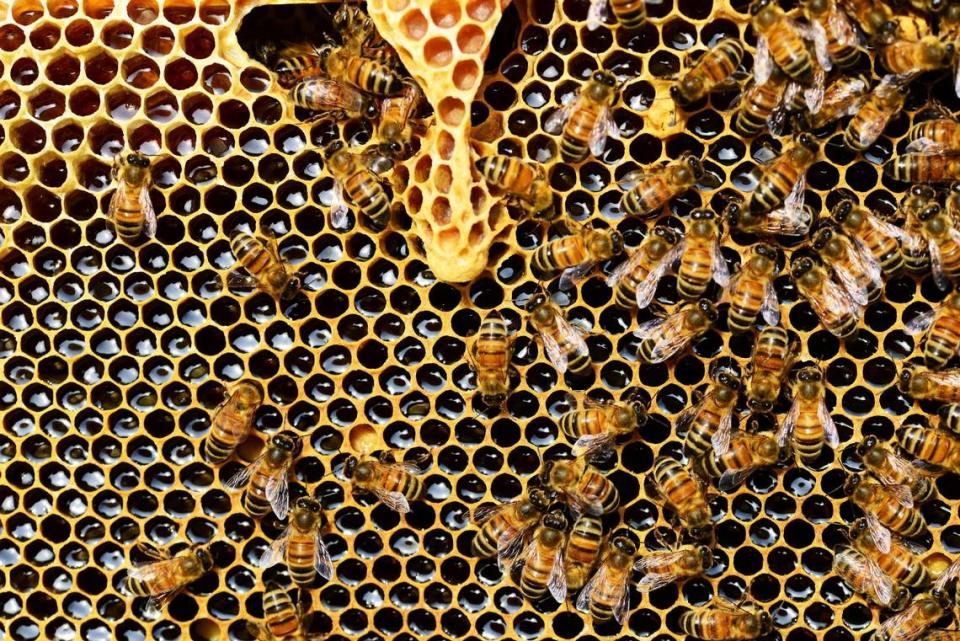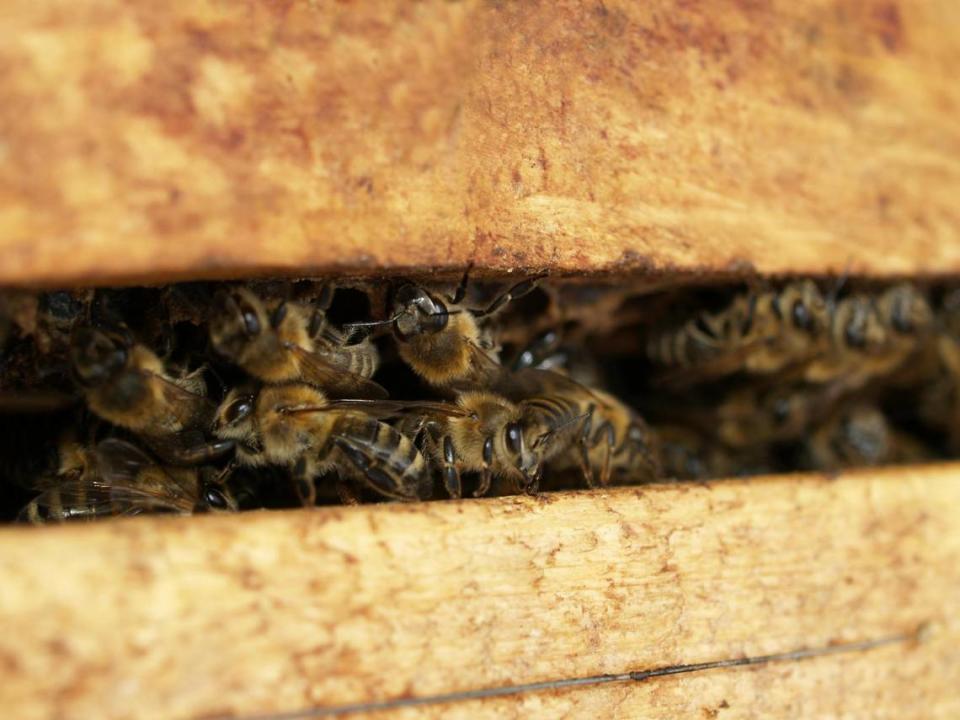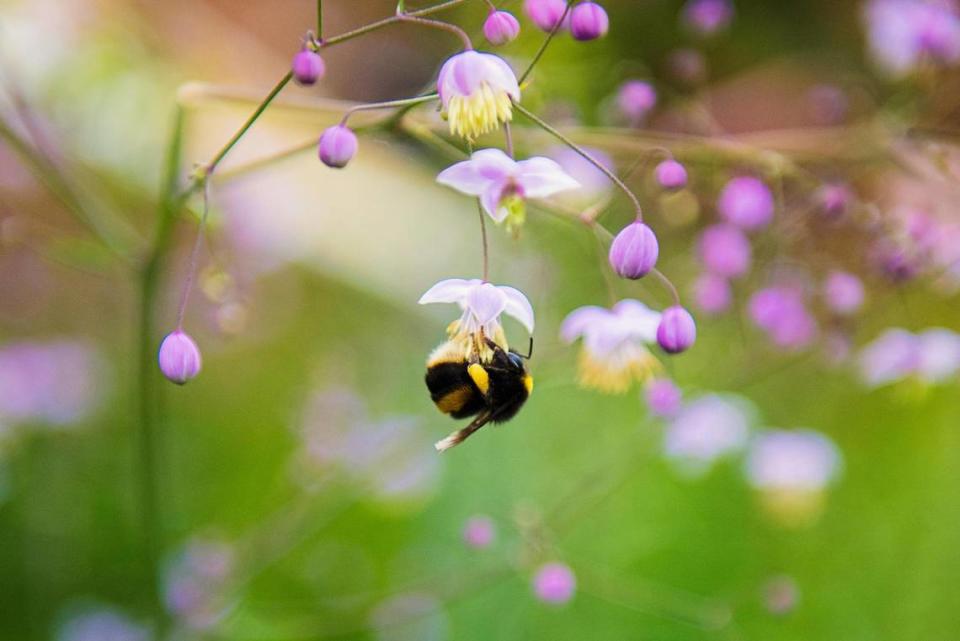Bees & fear: the truth about these pheromone-sniffing critters & the emotions they read
The movie “Jerry Maguire” had everyone in 1996 believing that both bees and dogs can smell fear, but can they, really? Ask an expert, and they’ll tell you, bees are one of the most important members of, well, any ecosystem, and it turns out that they can, indeed, smell our fear.
Not only are they vital in the pollination process, environmental maintenance and food security all over the world, but now they can tune into human emotions. This is a skill that many humans haven’t quite mastered, so bees really are quite special.
What does fear smell like to bees?

Bees aren’t actually smelling the fear itself on a human, but rather they are “differentiating pheromones and determining which ones indicate hunger, malice or aggression against their hive,” says Green Matters.
What the bees actually do smell when a human becomes afraid is the release of these hormones and they detect these “signals” as a threat. They have one of the most sophisticated senses of smell in the animal kingdom and they use it to communicate with each other, protect their environment and find food.
The science behind their fear-sniffing ability

In humans, fear is first detected in the palate of the mouth and it is then transferred to the limbic system for production of the right response. In most cases, these scents are undetectable to beings outside their own species, but bees are the exception to this rule.
Although bees don’t have a palate or sense of smell like humans, they have alert triggers and when they are aware of a threat, they can transmit that smell to other bees. This is sometimes interpreted as aggression by the bee, but bees only sting for one reason: to defend their hive.
When humans begin to flail and jerk around while simultaneously emitting the fear pheromone, bees go into defensive mode and that is when most stings happen.
Georgia bees are mostly harmless

There are several species of bees in Georgia, reports Bees of Georgia, a leader in bee identification and education. The most common species are the honeybee, bumblebee and carpenter bee, all of which you have probably seen in your yard recently.
While all three species have the ability to sting you, they are not typically seeking out a human snack. In fact, the honeybee loses its stinger when it stings and dies shortly thereafter, so they are heavily disincentivized to do so.
Don’t trust these bees
According to The Smithsonian, there are some species that can be far more brutal. The Africanized honey bee, aptly named the killer bee, will chase you and won’t relent for up to a quarter mile. They are responsible for more than 1,000 human deaths.
Ideas or opinions about Georgia critters? Email me or follow me on Instagram. I’d love to hear from you!
‘Gather and Grill’ with new cookbook from Columbus’ favorite pitmasters, the McLemore Boys
Barefoot driving in Georgia: legal or risky? See what the law says about shoe-less travel

